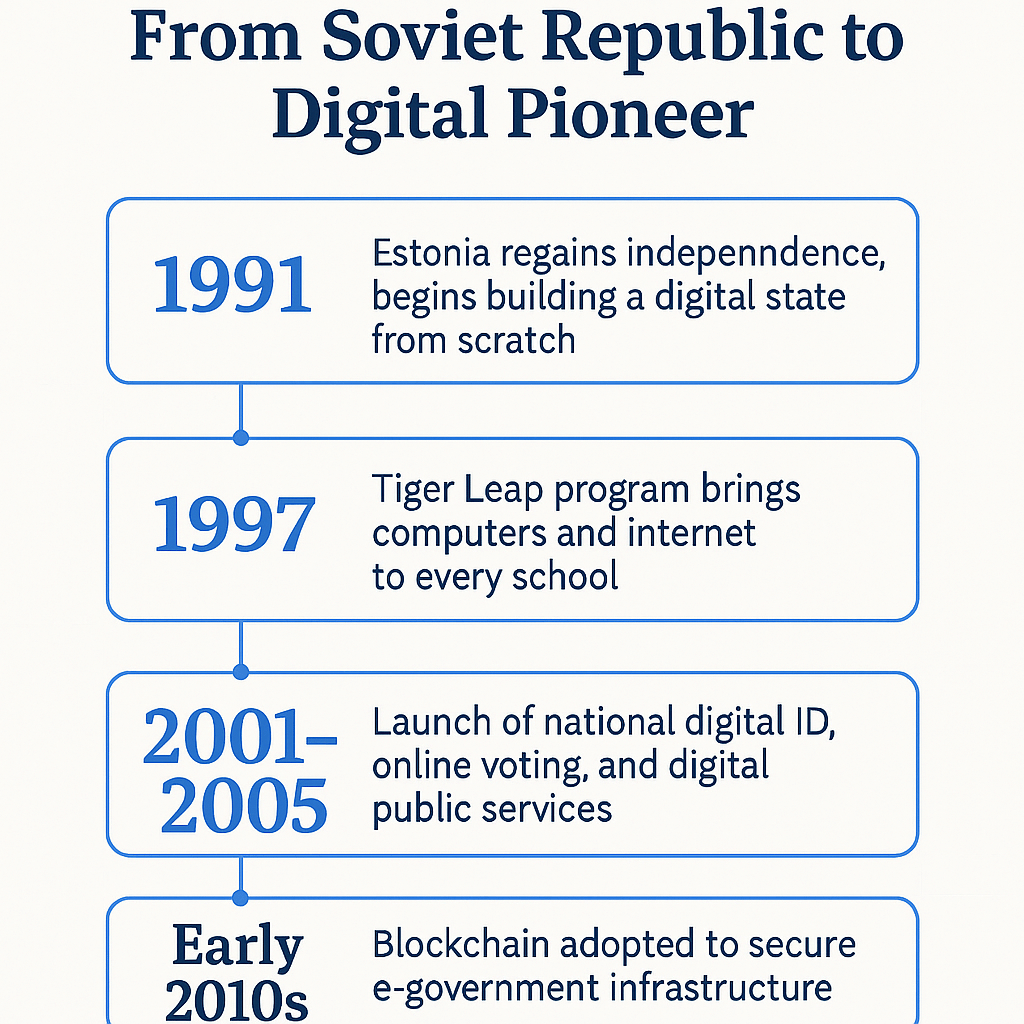Opinion

Capping AI or Full Speed Ahead?
The Future Starts in the Classrooms.
eyesonsuriname
The rapid rise of artificial intelligence (AI) raises fundamental questions.
Should we embrace this revolutionary technology without limits, or is it time to rein in its development and impose controls?
The debate rages globally, with strong arguments on both sides.
This is no longer a theoretical discussion; AI has already infiltrated our daily lives, and nowhere is this clearer than in how we educate the next generation. Look, for instance, at Estonia, a country leading the way by integrating AI into primary education.
What does this mean for the future of our society? The Future of you and me?
Arguments For Regulation
Those who advocate for regulation emphasize the potential risks and drawbacks. Firstly, there are ethical concerns: AI can inherit and amplify existing biases in data, leading to discrimination based on race, gender, or social status. Privacy is another sensitive issue; advanced AI can collect and analyze vast amounts of personal data in ways we don’t yet fully comprehend.
Furthermore, there is the fear of job displacement.
AI and automation can take over many repetitive tasks, potentially leading to mass unemployment in certain sectors.

Safety is also a huge concern, think of autonomous weapons or AI systems managing critical infrastructure, which are vulnerable to hacking or unexpected behavior.
Finally, there’s the existential fear of superintelligent AI growing beyond human control. Regulation is seen as necessary to minimize these risks, ensure ethical standards, and guarantee that AI serves humanity rather than the other way around.
The Arguments Against Strict Regulation
On the other hand are those who warn against the disadvantages of overly strict regulation. Their main point is that restrictions can stifle innovation. The development of AI has the potential to make enormous progress in areas like medicine (think drug discovery or diagnostics), climate change (optimization of energy consumption), scientific research, and solving complex logistical problems.
They argue that regulation often lags behind reality and that it’s impossible to effectively regulate a technology that evolves so quickly without hindering its growth.
Moreover, overly strict regulations can put a country or region at a disadvantage in global competition for technological leadership and economic prosperity.
The risk is that innovation will move to places with fewer rules, actually making control more difficult.
Free development, perhaps with guidelines but without suffocating legislation, would pave the way for the most beneficial applications of AI.
AI in Education: The Estonian Experiment
The debate becomes concrete when we look at the application of AI in education. Estonia, often praised as a digital frontrunner, is already integrating AI in primary schools.
This can range from AI-powered platforms that provide personalized learning advice based on a student’s progress, to systems that take over administrative tasks from teachers, or even teaching material on how AI works and how to interact with it.
The potential benefits in education are significant: more efficient learning processes, more individual attention for students, and teachers who can focus on guidance and more complex tasks instead of routine work.
It also prepares students for a future where AI will be ubiquitous.
However, the risks mentioned concerning regulation also surface here. How do we ensure data security and privacy for young students?
How do we prevent AI systems from introducing biases into educational material? How do we guarantee that students still develop essential human skills like critical thinking and social interaction, instead of relying completely on AI?
The Estonian example and experiment shows that implementation requires care, ethical considerations, and continuous evaluation. Education about AI might be just as important as education with AI.
Impact on the Future of Society
How we regulate AI, and more importantly, how we educate the next generation about it, will have a massive impact on the future of society.
A society where AI is integrated into learning from a young age will likely be more technologically competent.
But the question is: how competent? Do we teach them to use and understand AI critically, or do we teach them merely to accept the output?
AI in education can help bridge the knowledge gap by enabling personalized learning, but it can also widen the digital divide if not everyone has equal access. It can lead to a more flexible, efficient workforce, but also to greater inequality if not everyone has the opportunity to adapt.
The integration of AI, starting in education, forms the basis for how future citizens will perceive, use, and further develop AI – which in turn determines what our economy, social structures, and even our human interactions will look like in a few decades.
A Wild Guess: 25 – 50 Years into the Future
Now for the wild guess. What will the period 2050-2075 bring us in terms of AI? If development continues exponentially and we manage to reasonably mitigate the risks (with a mix of regulation, ethical guidelines, and education), we could see a world where:
- AGI (Artificial General Intelligence) is potentially (though not guaranteed) achieved, meaning AI can perform tasks at a human level across a broad spectrum.
- Personalization is extremely advanced: from tailored education that adapts in real-time to the learner, to personalized healthcare that proactively predicts and treats diseases.
- Automation has dramatically changed the nature of work. Many current jobs no longer exist, but new ones have emerged that focus more on creativity, human interaction, and managing/developing AI systems. The challenge of universal basic income or wealth redistribution is acute.
- AI assistants are ubiquitous, seamlessly integrated into our daily lives, from planning your day to managing your home and traffic.
- Major Global Problems like climate models, drug discovery, and material science are tackled at an accelerated pace with the help of advanced AI.
- However, the degree of success heavily depends on how we act now. Without adequate regulation and ethical frameworks, the picture could look much bleaker: increased inequality, widespread surveillance, autonomous conflicts, and a loss of human autonomy.
The future of AI is not a foregone conclusion.
It is our common path we are currently walking, a path of you and me and the choices we make – about regulation, about education, about ethics – will be decisive for where we end up in 25 or 50 years.
The Estonian experiment in education is an early indication of what that future could look like, but it also reminds us that progress must go hand-in-hand with responsibility.









